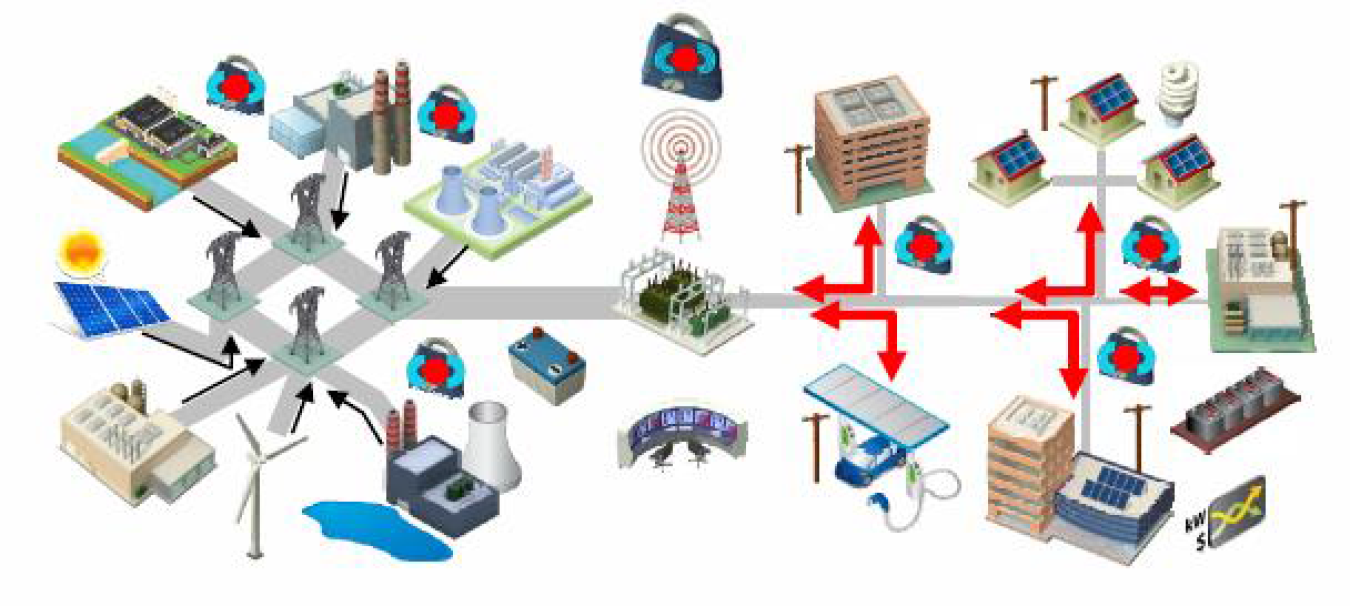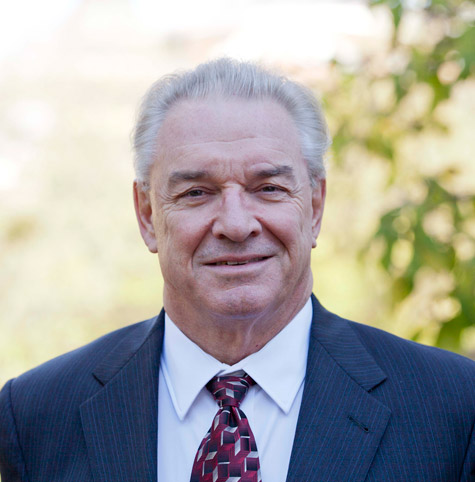In the future, our nation’s electric grid must deliver reliable, affordable and clean electricity to consumers where and when they want it. In order to carry out this vision, the Department of Energy has launched the Grid Modernization Laboratory Con...
November 17, 2014
A modern electric grid must deliver reliable, affordable and clean electricity to consumers where and when they want it. Achieving this will require connecting clean energy sources to the grid in a distributed network that enables consumer choice, increased efficiency, and resilience against disruptions due to natural disaster or attack.
For almost one hundred years, electricity has powered our nation’s economic growth and prosperity. Think about it - electricity factors in almost every aspect of our daily lives - including our homes, businesses, schools, electronic devices, and even our cars. It's delivered to us through our nation’s electricity grid, which the National Academy of Engineering named the greatest engineering achievement of the 20th century.
But dramatic changes are occurring in our nation’s energy mix, many of which demand a more technologically advanced electric grid. Increasing use of renewable energy sources, risks of cyber and physical attacks, and aging infrastructure create uncertainty of the current grid’s long-term ability to provide the services demanded of it. These include distributing and storing clean energy, enabling greater consumer choice and increasing efficiency while being secure and resilient against climate change, natural disasters or attack.
In short, the future electricity grid must deliver reliable, affordable and clean electricity to consumers where they want it, when they want it, and how they want it. This will require significant transformation and collaboration between all stakeholders across states, Federal agencies, industry, localities and the scientific community.
That’s why the Department of Energy recently launched the Grid Modernization Laboratory Consortium, a strategic partnership between DOE headquarters and our National Laboratories to bring together our leading experts and resources to collaborate on the goal of modernizing the nation’s grid. The Consortium employs an integrated approach to ensure that DOE-funded studies and research and development are efficiently coordinated to reap the greatest return for the taxpayer dollar. It will also allow DOE to become a resource and convener for the diverse and fragmented set of stakeholders across industry, the scientific community, and all levels of government.
One of the many undertakings of the Grid Modernization Laboratory Consortium will be to develop a multi-year program plan for grid modernization. The plan will outline an integrated systems approach to transforming the nation’s grid by incorporating numerous program activities within DOE as well as activities undertaken by national stakeholders. As a first step, the leaders of the Consortium are focused on coordinating all of DOE’s grid-related activities to ensure connectivity, avoid redundancies and identify gaps in research and development needs of a modern grid.
The Grid Modernization Laboratory Consortium will form a united front employing the Department’s leading policy and technical experts to work towards transforming the nation’s grid for the future. By coupling headquarters collaboration with the strengths of the labs—in areas including their tremendous computational abilities, knowledge of cybersecurity systems, integration of renewable and energy efficient technologies, and command of sensing and control technologies—the Consortium will tackle the challenges associated with achieving a modern grid that will make a clean energy future possible.


